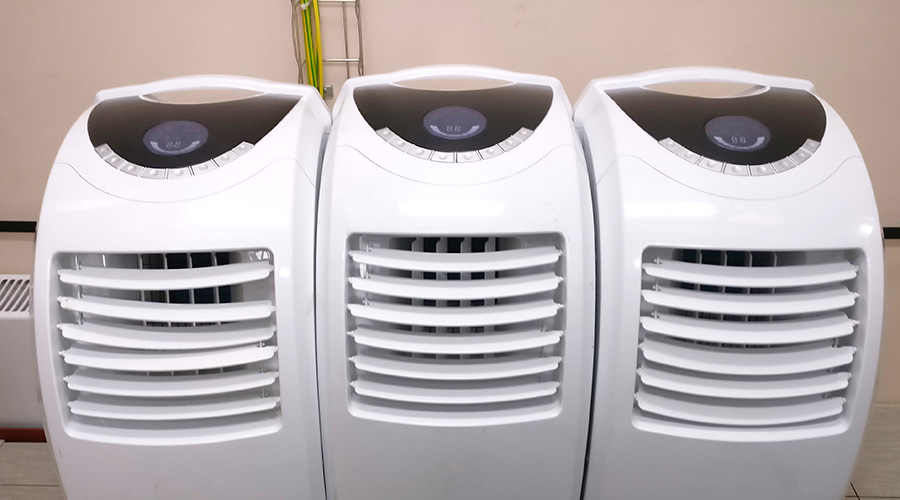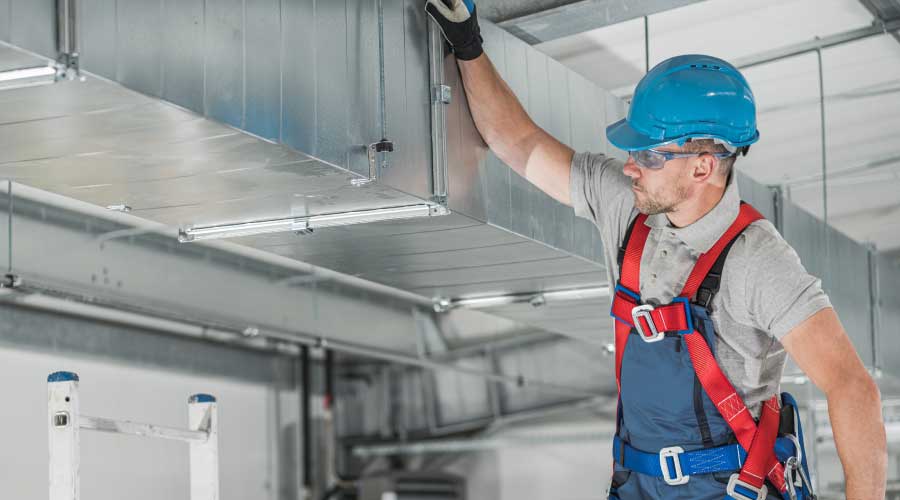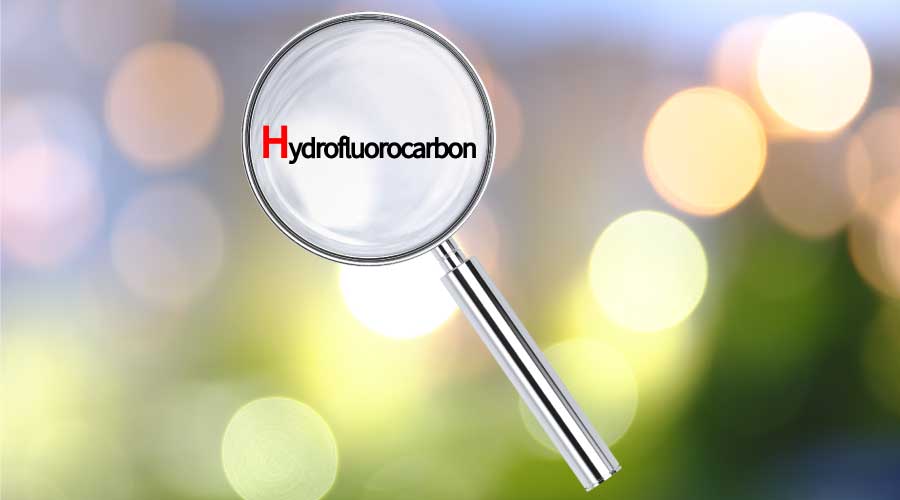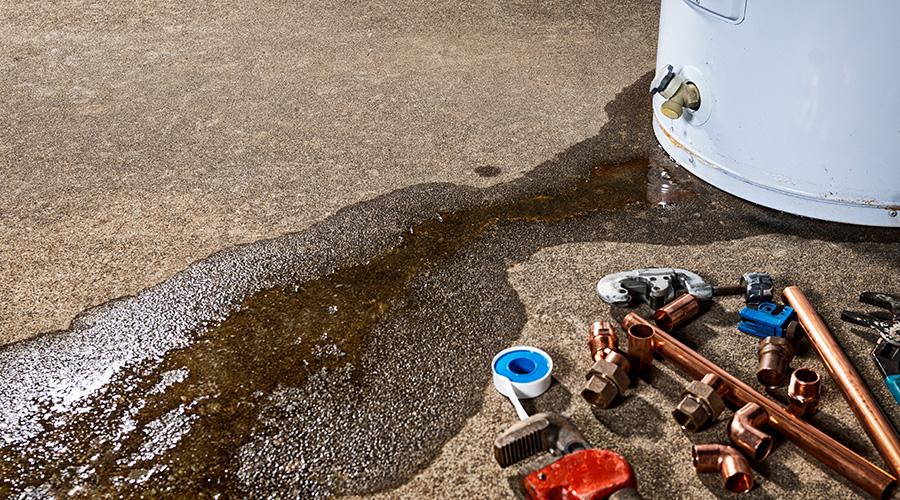Should Managers Replace Systems Using R-22?
One option managers have when considering the impact the R-22 phaseout will have on facilities is system replacement. Most systems now being manufactured run on refrigerants that do not contain chlorofluorocarbons (CFCs). Replacing existing R-22 systems would solve managers’ refrigerant supply issues.
Managers should not enter the process of buying a new system lightly. Small systems only cost several thousand dollars, but the replacement process can be very disruptive — and potentially costly. Large systems can cost more than several hundred thousand dollars. With large systems, the disruption related to replacement is even greater.
Managers must determine whether it is worthwhile to replace existing R-22 systems, particularly if those systems are operating efficiently. While no set answer exists, managers must consider several issues regarding replacement options.
One of the biggest issues is the unit’s operating efficiency. Today’s high-efficiency systems typically require 10-20 percent less energy than systems manufactured even as recently as 10 years ago. Upgrading to a new, high-efficiency, non-CFC system will cut operating costs and eliminate the problem of maintaining systems using R-22. One strategy is to run a comparison of the cost of a new system in terms of energy use against the current system’s energy consumption. Doing so will help determine the amount of time it would take to recover the investment cost.
Another issue to consider is the system’s age. Small systems have a typical service life of 20 years, while large systems can perform well for 30 years. As these systems approach the end of their expected service lives, maintenance costs will increase, and reliability and performance will decline. Also, the availability of replacement parts for older systems will decline.
Equally important is the operating condition of the existing system. To determine the existing unit’s condition, managers need to review its maintenance records and talk with technicians responsible for keeping it running. If maintenance and reliability have been issues, the existing system also is likely a candidate for replacement, regardless of its age.
If managers decide to replace an existing chiller, they should work closely with system manufacturers to ensure the new unit has been designed for and uses one of the alternative refrigerants on the market. Systems that manufacturers have specifically designed for use with a particular refrigerant do not suffer from the loss in capacity or operating efficiency that sometimes occurs when organizations retrofit an existing design to use alternative refrigerants.
Related Topics:













